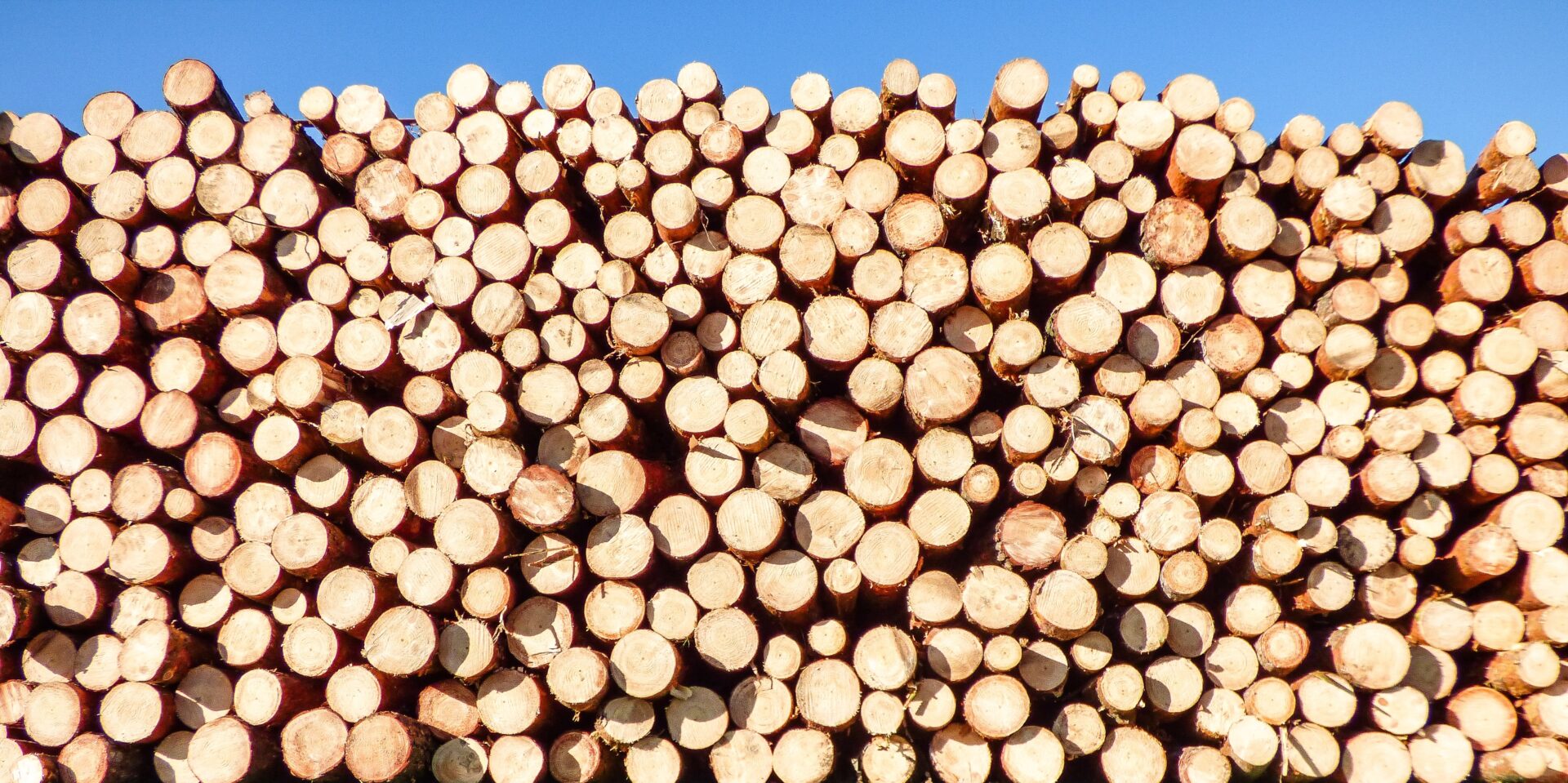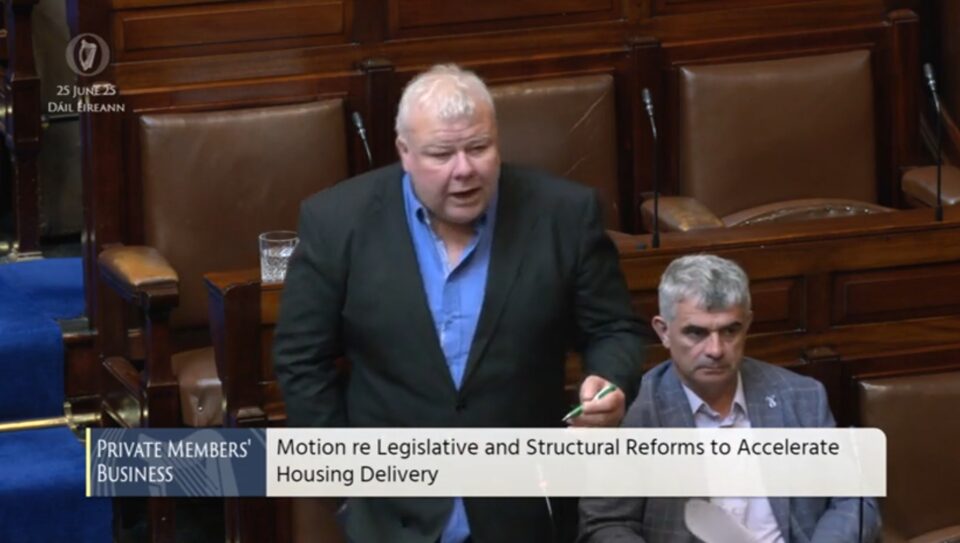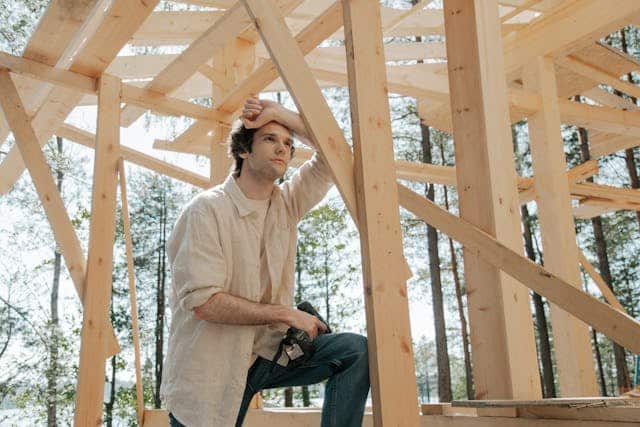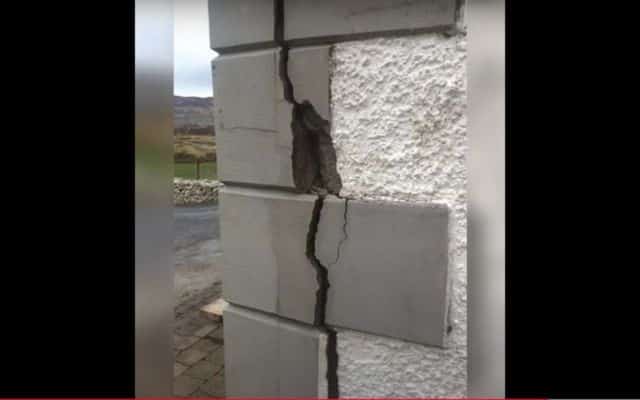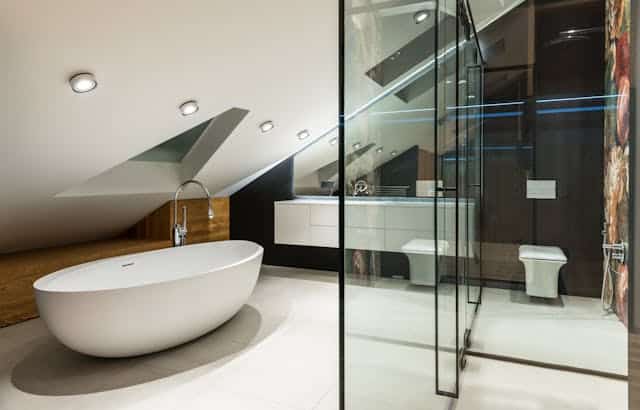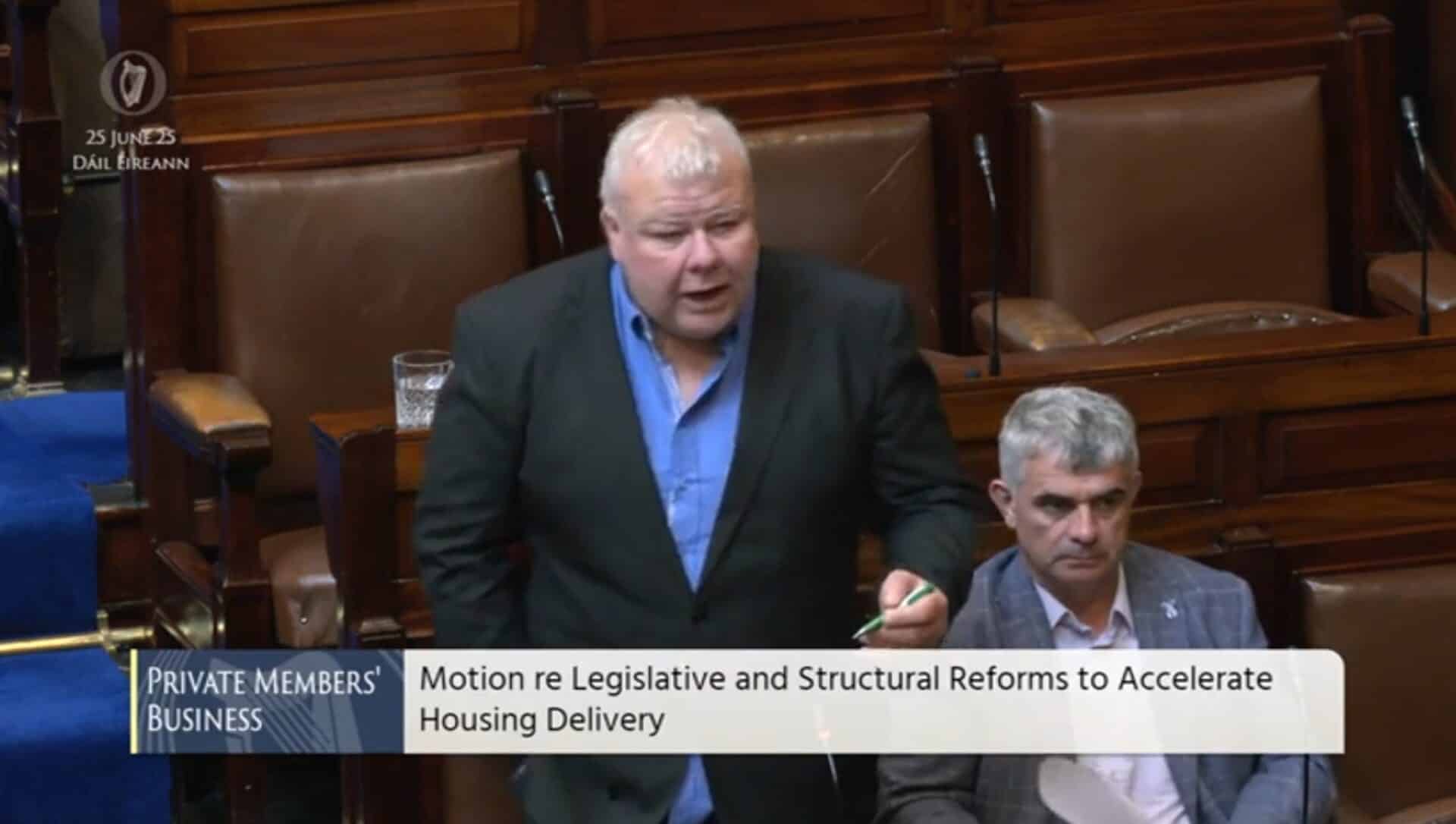Almost a quarter have had to pass these price increases onto consumers. The research confirms analyst estimates for Ireland from earlier this year.
In NI the greatest material increase was recorded in relation to the cost of timber, while in ROI news reports indicate it is the price of insulation products that has led the charge in rising costs.
Since the depreciation of sterling following the EU referendum in June 2016, construction SMEs in the UK have in fact reported a range of material price increases to the FMB .
Small building firms were asked which materials have increased the most and the results were as follows:
1) Timber
2) Insulation
3) Bricks
4) Blocks
5) Windows
6) Plasterboard / slate (joint sixth)
7) Boilers and radiators
8) Porcelain products
The impact of these material price increases have been wide-ranging and include:
- 85% of builders think material price rises could drive consumers to hire rogue traders in an effort to save money on their building projects;
- One third of construction SMEs (32%) have had their margins squeezed;
- Almost one quarter (22%) have been forced to pass material price increases onto their clients, making projects more expensive for consumers;
- More than one-in-ten builders report making losses on their building projects due to material price increases.
Brian Berry, Chief Executive of the FMB, said: “Material price increases have left builders under severe pressure. This research shows that following the fall in the exchange rate, timber is the material that the majority of builders say has increased most in price but the problem doesn’t end there – everything from insulation to windows to bricks and blocks are soaring in price. A third of builders report that these price increases are eating into their already razor-thin margins – and this on top of increased wages and salaries stemming from long-term construction skills shortages. Furthermore, one-in-ten builders say that they’ve actually made losses on projects due to material price increases – this is most likely to happen when a particular product or material jumps up in price mid-project when then builder has already quoted for the work. Perhaps unwisely, some builders are absorbing these extra costs as opposed to re-quoting for the project.”
Berry concluded: “Material price spikes aren’t just a problem for builders – they’re also a problem for the home owner, with almost one quarter of builders saying that they have had to pass on price increases to their clients. This means that building projects now cost significantly more than they did this time last year. What with stagnant wages and price inflation across the economy, consumers are feeling the pinch and it might be that they decide not to commission that loft conversion or extension after all. Or worse still, 85% of builders believe that home owners will be tempted to hire rogue traders who are quoting a lower price than a professional building firm such as those that belong to the FMB. If that’s the case, material price rises could lead to a flurry of botched jobs and distressed consumers. We’re calling on home owners to hold their nerve – they’re better off commissioning a more modest project from a professional builder than a high spec project from a cowboy. Don’t take the risk.”
Source: Federation of Master Builders Northern Ireland
The research came from the guest questions in the FMB’s State of Trade Survey for Q2 2017. 349 construction SMEs responded to the survey from right across the UK. The full research results are available here: https://www.fmb.org.uk/media/34534/guest-question-2017q2.xls

